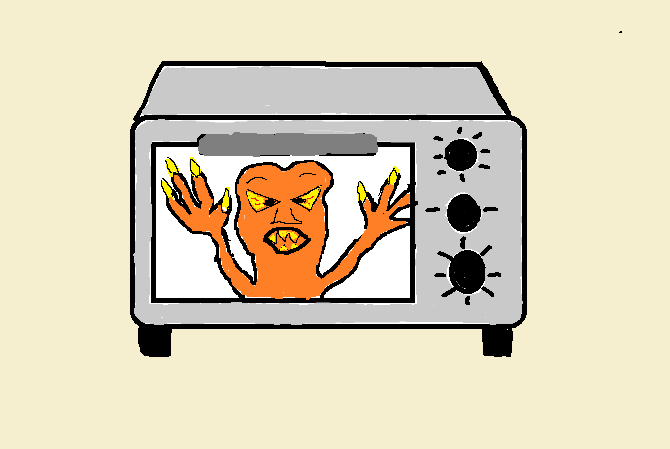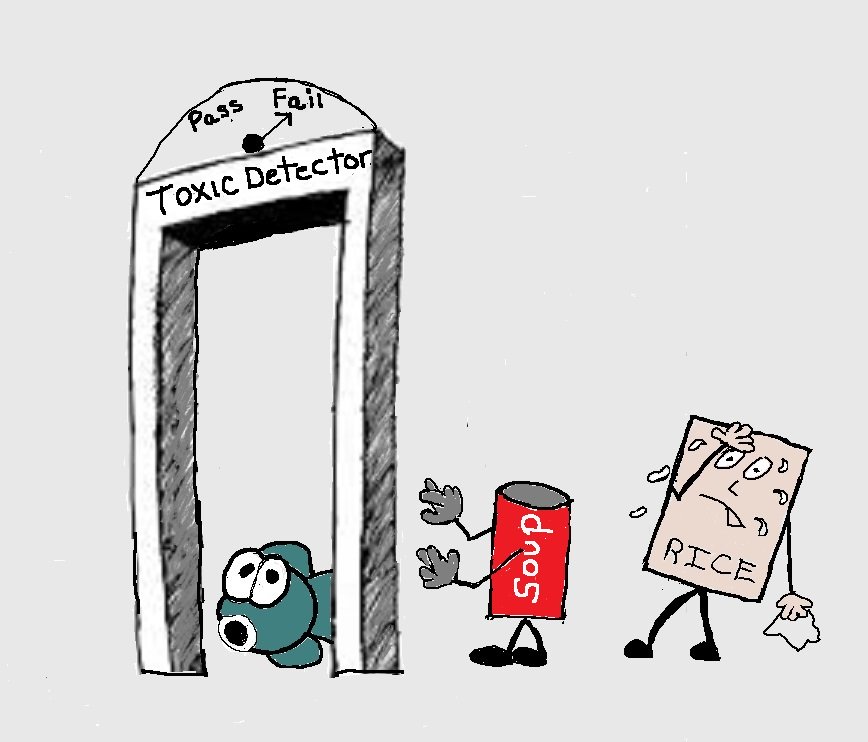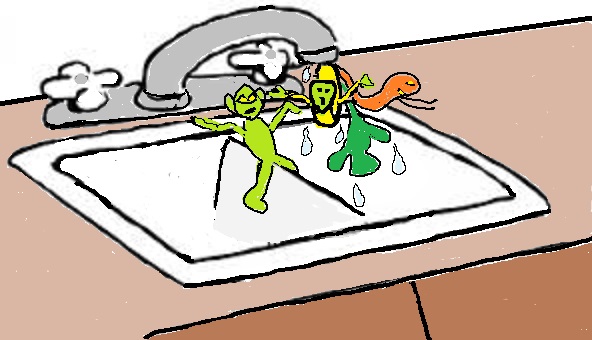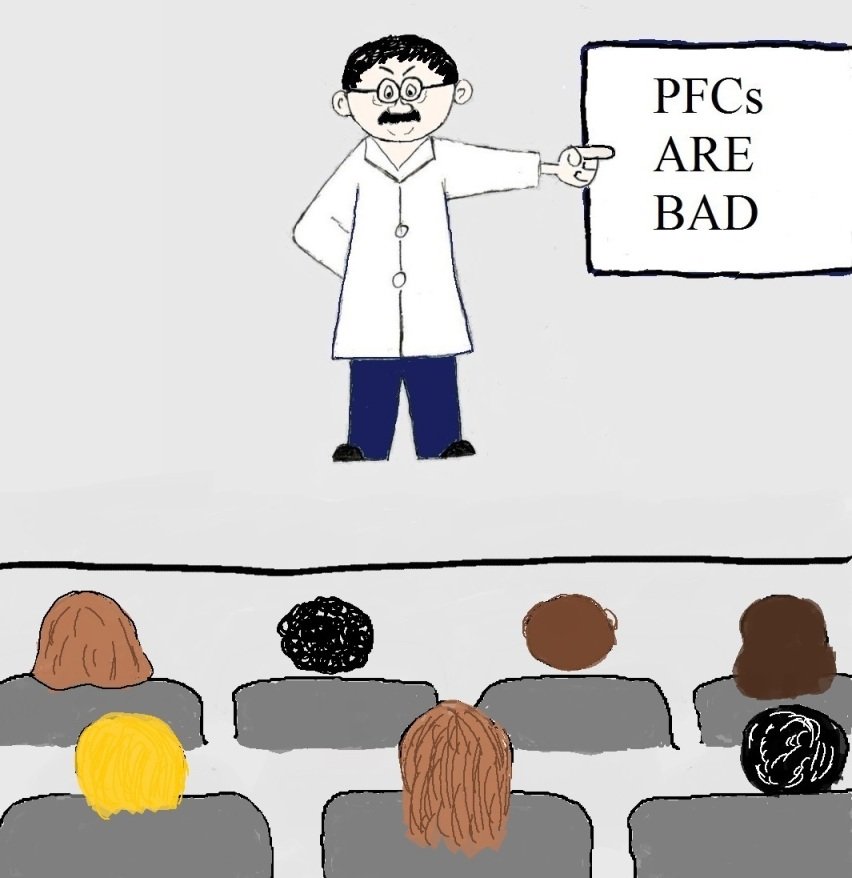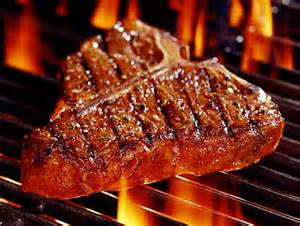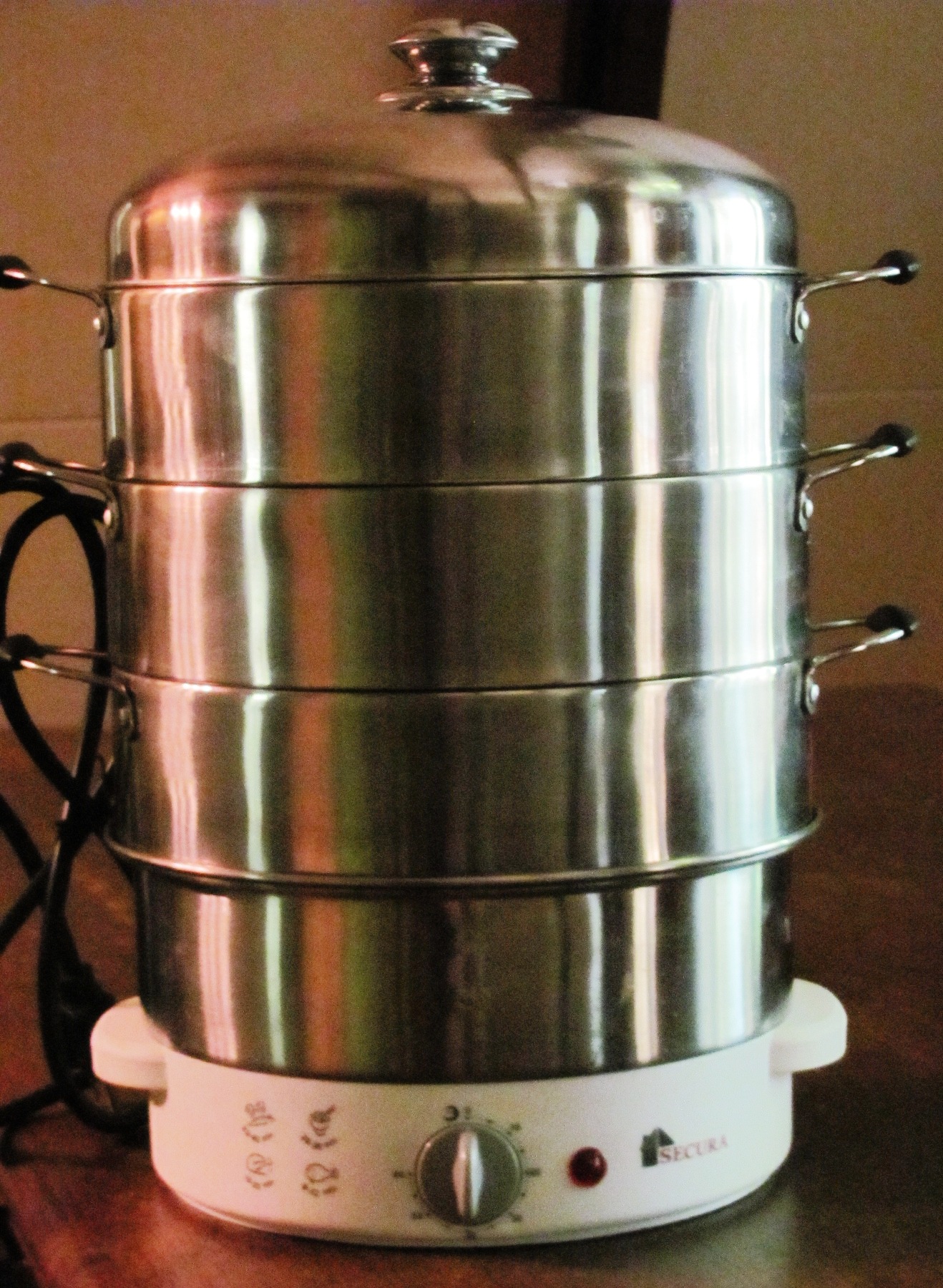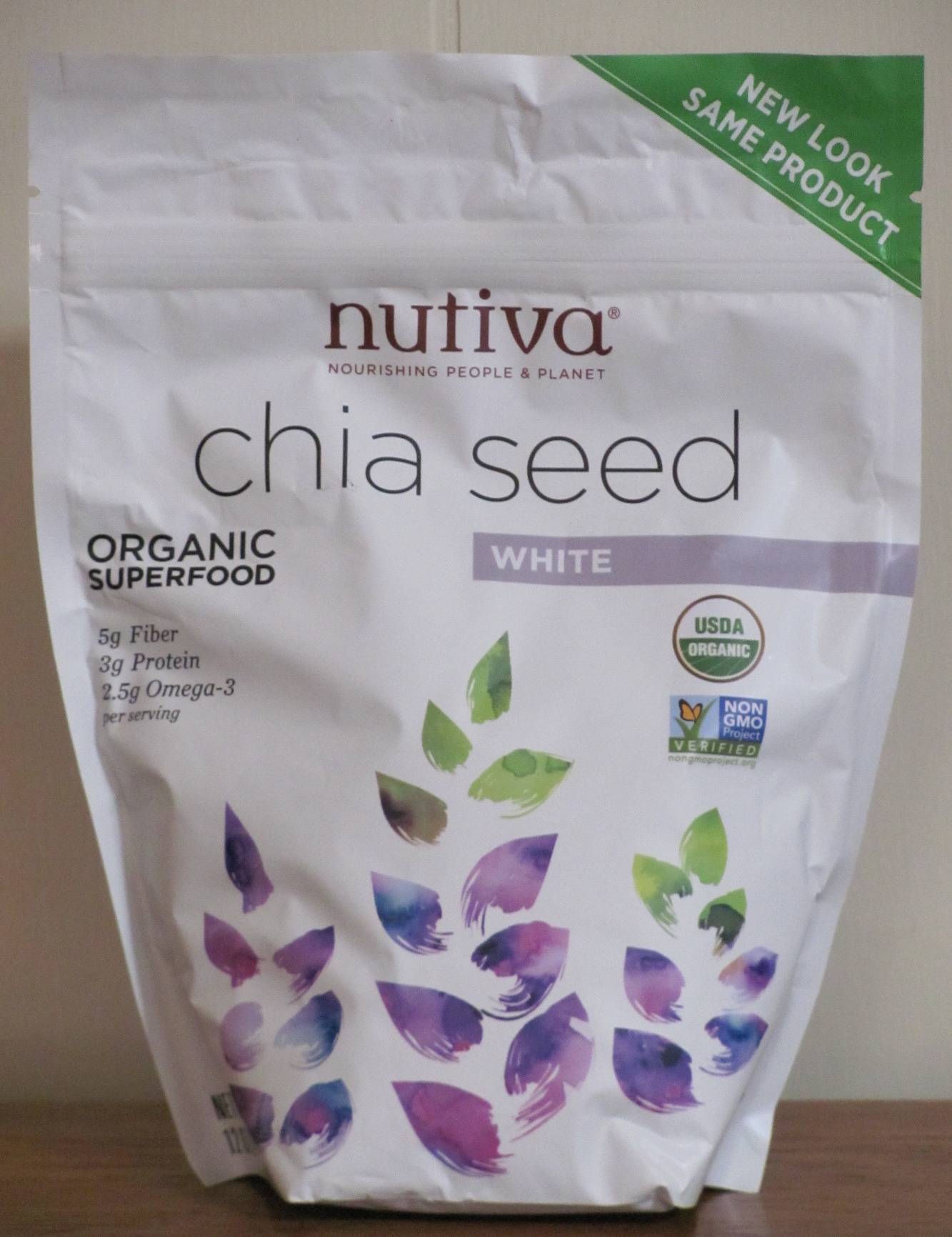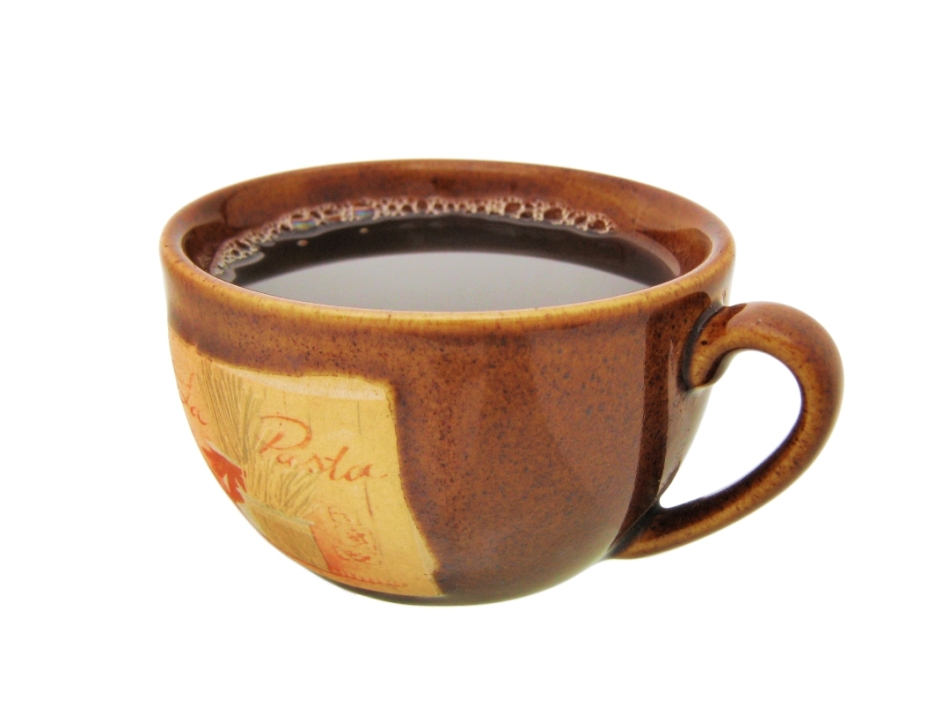- Home
- Toxic Chemicals in Food
- Non Stick Coatings
Non Stick Coatings in Small Appliances
If you’re reading this post you’re probably aware that non stick coatings on pots and pans are a well-known source of toxin exposure. Studies have shown that significant amounts of Perfluorinated Compounds (PFCs) like PFOA are released under normal cooking temperatures from items that are non stick.
Fortunately, because there are numerous less toxic types of pots and pans available, you can avoid exposure to the non stick coatings in most cookware.
But avoiding them in
small appliances is a much bigger challenge. Everything from toaster ovens to
waffle makers are non stick. This is a problem because non stick coatings,
whether they are on pots and pans or small appliances, pose a health risk.
The Toxic Dangers of PFCs (PFASs)
Perfluorinated compounds (PFCs), now called Per- and polyfluoroalkyl substances (PFASs), are a class of chemicals that are used to make things stain and stick resistant. They are molecules made up of carbon chains to which fluorine atoms are bound. Fluorine adds the slippery quality.
There is a long list of health issues linked to exposure to two commonly used PFCs -PFOA (for non stick) and PFOS (for stain resistance)
These include cancer, birth defects, liver and kidney damage, high cholesterol, reproductive problems, hypothyroidism and obesity. And scientists have yet to find an exposure amount that does not damage your immune system.
Plus, they are persistent organic chemicals (POPs). This means your body has a hard time breaking down and excretion them. They linger in your body for years, providing plenty of time to make you sick.
Because exposure to PFOA and PFOS has so many serious health effects, they were fazed out of all consumer products by 2015. However, similar chemicals are used to replace banned chemicals because they behave in similar ways.
PFAS Replacements Are Also Toxic
You’ve probably come across non stick cookware that’s labeled PFOA or PFTE (aka Teflon) free and wondered if that means it’s safer. Well, probably not.
U.S. chemical manufacturers have replaced the phased-out chemicals with reformulated “short-chain” PFCs with six or fewer carbon atoms. Manufacturers claim the new chemicals are less likely to build up in your bodies, but they were not adequately tested for safety before going on the market.
The limited research that has been done suggests they may have similar health hazards. For example, one study found that the short-chain alternative PFC chemicals are absorbed into the organs of mice just as easily as the long-chain versions. The study also reported that the replacement PFCs entered the brain in higher amounts than the banned version.
So, until more information is available, the least toxic option is to avoid all types of non stick coatings on appliances. Sounds simple, but finding small appliances that don’t contain PFCs can be challenging. I use the following steps to find appliances that aren't treated with non stick coatings.
General Steps For Avoiding PFASs In Small Appliances
1. If the description of an appliance contains words like “non stick” or “easy to clean” assume it contains PFCs.
2. If the description doesn’t contain these words then do some research.
- Check the company’s website for a complete description of the appliance.
- Look for company info about environmental practices and any manufacturing process.
- Find the product on Amazon, Walmart and any other ecommerce sites where people can ask questions.
- Scan for questions related to the use of toxic chemicals.
- Ask a question about the appliance you're interested in.
3. If you’re still not sure email the company and ask if the appliance contains PFCs.
4. You can also email me or leave a comment and I’ll help you with your search.
Avoiding Non Stick Toaster Ovens
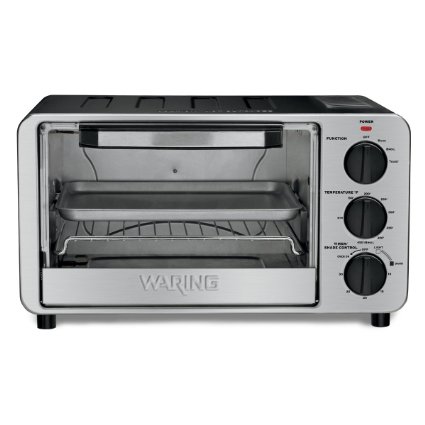
I am really embarrassed to admit this but until a couple of years ago my main criteria for selecting a toaster oven was – would it fit on my tiny counter in the tiny kitchen of my tiny house and - could a bake a 12-inch pizza in it?
I had always avoided non-stick surfaces on cookware and other small appliances. I had spent months trying to find an oven that did not have the self-cleaning function.
But somehow the toxins in toaster ovens were not on my radar until my previous toaster oven was on its last legs and I began doing research on a replacement. While reading Amazon reviews of toaster ovens I came across some reviewers that were questioning how safe the interiors of these ovens were.
Geez, what a duh - ah ha moment that was. After I pulled myself together and using the guidelines listed above, I went in search of a toaster oven that fit my size requirements and was NOT non stick.
Tah-dah! Here’s what I discovered. The news isn’t good. I could only find a couple toaster ovens that did not have a nonstick interior. KitchenAid, AICOOK, Breville, Panasonic and Cuisinart toaster ovens all have non stick coatings.
And according to Oster - “All of our products use a non-stick coating that is not Dupont Teflon. Our non-stick coating is safe when used for cooking. The non-stick coating consists of a double layer of United States Food and Drug Administration (FDA) approved polytetrafluoroethylene. Currently, Polytetrafluoroethylene (PTFE) and Perfluorooctanoic acid (PFOA) continue to be recognized as safe for food contact applications by the United States Food and Drug Administration (FDA)”
Just because something is FDA approved does not mean it is safe and nontoxic! And there currently is no safe, stable nonstick surface.
But, according to Waring there is no nonstick coating in any of its ovens. The TCOP 650 has a stainless steel interior and the racks are cold rolled nickel.
So I purchased the Waring Pro and have been using it for a couple of years with no problems. I really like the convection bake function that allows me to dehydrate food without having to drag out my food dehydrator.
Black and Decker models are also now an option because according to the company:
"All current Black + Decker toaster oven models have a zinc coated interior. Zinc coating is durable and contributes to better heat and energy distribution. Non-stick coating was replaced with zinc coating for most models in the later part of 2011."
And so far I haven't read about any issues with the zinc coating.
Stainless steel, no nonstick options include:
hOmeLabs Digital Countertop Convection Oven
Rosewill 6 Slice Convection Toaster Oven
BLACK+DECKER Toaster Oven 8-Slice Stainless Steel
Waring Pro TC0650 Digital Convection Oven
Avoiding Non Stick Coatings in Electric Grills
I have never used an electric grill because it has been impossible to find one without a non stick coating. And considering the high temperatures used for grilling, non stick was too toxic. However, there are a couple of new grills available now that are promising, non toxic options.
Stainless Steel
I found one non toxic grill that uses a stainless steel grate for the grilling surface. It’s called the Livart LV-982 Electric Barbecue Grill. This grill gets good reviews and is reasonably priced.
Cast Iron
Cast iron is another non toxic grilling surface. Of course there are lots of stove top grills available. Unfortunately, when it comes to electric grills with cast iron cooking surfaces I could only find one option, the Chefs Choice Professional Cast Iron Indoor Grill.
.
Ceramic Coated
Oster now has a line of ceramic coated, electric appliances, including grills of different sizes. According to Oster, its non stick Duraceram coating is PFOA and PTFE free and won’t flake or peel.
I remain skeptical about ceramic coated products in general and these products in particular. The main concern I have is that Oster will not disclose what’s in the ceramic and since it’s a coating there is the potential for flaking.
Since Oster admits the non stick coating eventually wears away- where does it go? Does it go into your food when you use the grill?
Another concern I have is the lack of information I found on the website of the manufacturer of Duraceram, a company called GMMDL. A big red flag was the section of the website that claimed the PTFE used to make Teflon is perfectly safe and we’ve all just overreacted.
Plus, my research shows that most ceramic non-stick coatings contain nanoparticles of Titanium Dioxide (TiO2) particles, and/or Silica Dioxide (SiO2) embedded in a silicone polymer matrix.
Many modern products contain nanos and many studies have reported that inhaling and ingesting titanium and silica nano particles are toxic to your cells, accumulate in your organs, cause inflammation and increase the production of free radicals.
And using ceramic lined small appliances will probably expose you to nano particles. Although very little research has been done, I found a 2017 study that reported significant amounts of titanim nanoparticles were released from ceramic nonstick pans into liquid that was slightly acidic and nanos were also released when the polymer matrix was degraded (scratched).
The pots and pans and small appliances that you use to prepare your meals can increase your exposure to toxins. Healthy, non toxic cooking includes avoiding non stick cooking surfaces to protect your health. It’s also helpful to approach new products with a healthy dose of skepticism.
For more info on avoiding PFCs and other toxins found in food and cookware check out my ebook Be Healthy Stay Healthy - Your 16 Step Guide To Less Toxic Living available here.
In it you'll find all the actions you can take to detox your food, water, personal care routine and home in an easy to follow format.
